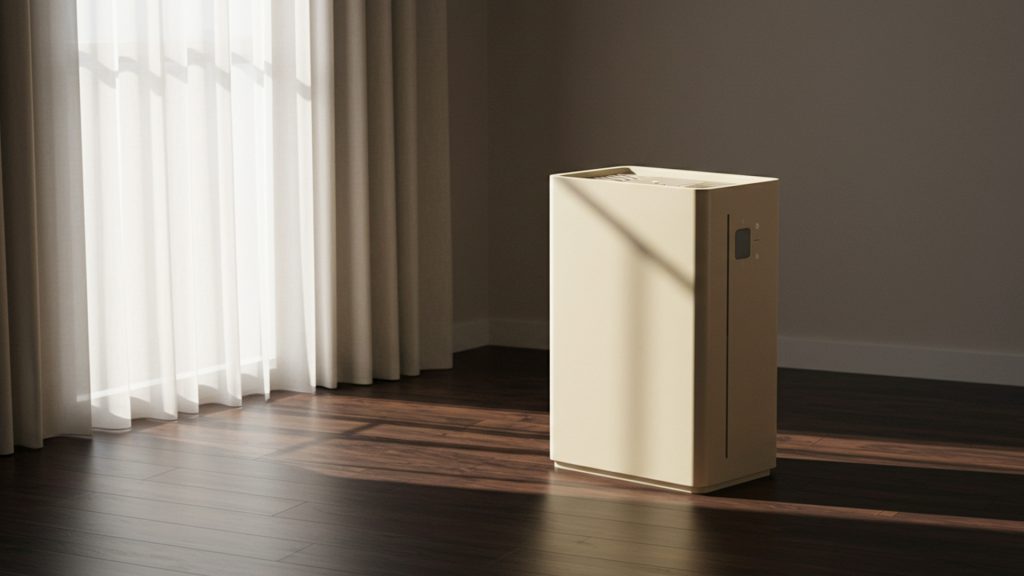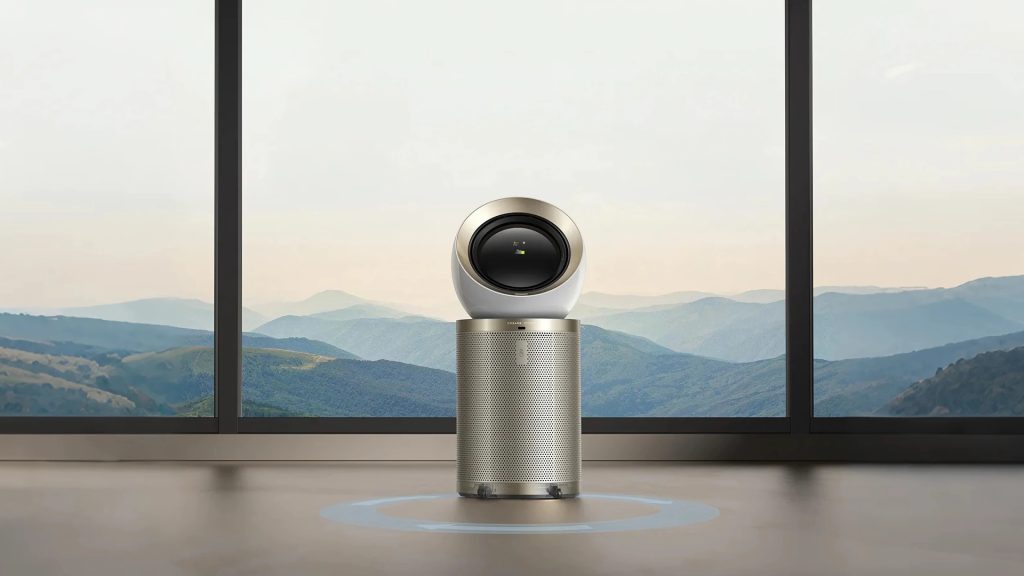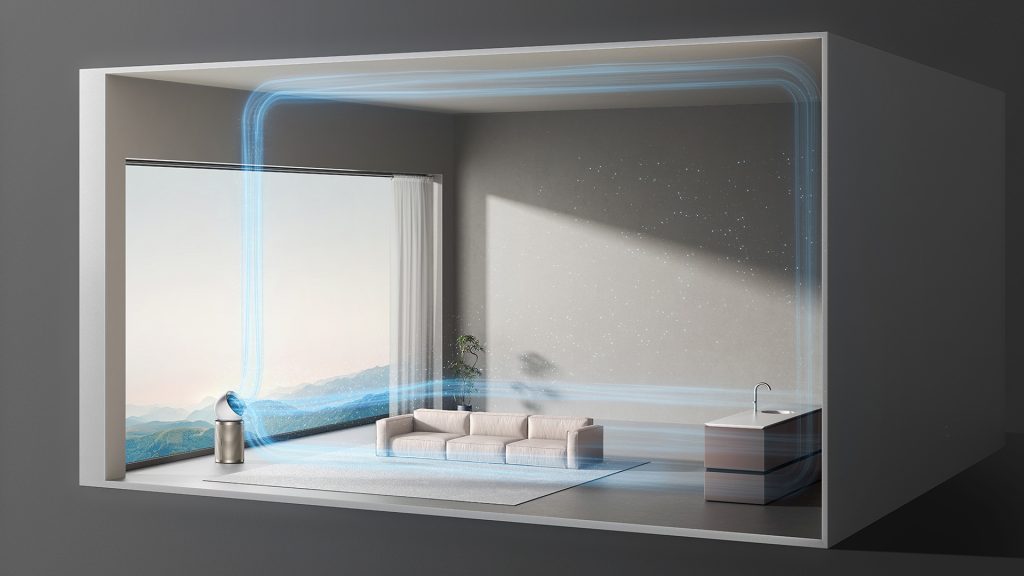
Are you constantly sneezing or coughing at home? Turns out you may be suffering from allergies, and that is because your home air quality may be compromised. If that’s the case, choosing the right air purifier can make all the difference.
Air purifiers are becoming increasingly popular as more people become concerned about the rise of pollutants, allergens, and poor indoor air quality. When it comes to air filters, there are two types: filtered and filterless air purifiers. But which one should you choose? Each type has unique benefits and certain drawbacks that you should consider before making a decision.
This blog aims to provide an in-depth examination of the differences between the two types of air filters.
Table of Content
- What Are Filterless Air Purifiers?
- What Are Filtered Air Purifiers?
- Filterless vs. Filtered: A Head-to-Head Comparison
- How to Choose the Right Air Purifier for Your Needs
- Conclusion
What Are Filterless Air Purifiers?
Filterless air purifiers are designed without a filter, utilizing technologies such as electrostatic precipitation, UV-C light, or thermodynamic sterilization to purify the air.
Types of Filterless Air Purifiers and How They Work
- Electrostatic Precipitation: These purifiers work by creating an electric charge that attracts airborne particles like dust, pollen, and pet dander to collection plates. These washable metal plates can then be easily cleaned, making them a sustainable and cost-effective solution.
- UV-C Light: Utilizing germicidal ultraviolet-C light, these purifiers effectively destroy the DNA and RNA of airborne bacteria, viruses, mold spores, and other microorganisms. This technology is particularly effective at sanitizing the air from biological contaminants.
- Thermodynamic Sterilization (TSS): This method involves drawing air into a ceramic core heated to extremely high temperatures. Pathogens and allergens passing through this core are incinerated, providing a highly effective way to eliminate even the smallest airborne threats without producing harmful byproducts.

The Benefits of Filterless Air Purifiers:
- Low maintenance, as there is no need for filter replacements.
- Cost-effective over time because of low maintenance.
- Eco-friendly as it reduces filter waste.
- Silent operation, ideal for bedrooms.
The Drawbacks of Filterless Air Purifiers:
- Less effective for larger particles compared to HEPA filters.
- Some models (e.g., ionizers) may produce trace ozone, requiring caution.
What Are Filtered Air Purifiers?
Filtered air purifiers are the most common type of air purification system, relying on physical filters to capture and remove airborne pollutants from indoor environments. Unlike filterless models, these devices use a multi-stage filtration process involving various types of media, each designed to tackle specific categories of contaminants. This method effectively traps particles, gases, and odors, improving overall air quality.
How Filtered Air Purifiers Work:
These purifiers typically draw air through a series of filters. A crucial component is the HEPA (High-Efficiency Particulate Air) filter, which is designed to capture an impressive 99.97% of airborne particles as small as 0.3 microns. This includes common allergens like dust, pollen, mold spores, and pet dander. Following this, activated carbon filters are often employed to absorb odors, smoke, and volatile organic compounds (VOCs) through a process of adsorption. Many units also incorporate pre-filters as the initial stage, which are responsible for trapping larger debris such as hair and lint, thereby protecting the more delicate HEPA and carbon filters and extending their lifespan.

The Pros of Filtered Air Purifiers:
- Highly effective for a wide range of pollutants, including smoke and allergens.
- Proven technology, often recommended for asthma and allergy sufferers.
- Advanced models feature smart technologies, including air quality sensors.
The Cons of Filtered Air Purifiers:
- Regular filter replacements (every 6–12 months) increase costs ($20–$200).
- Filter disposal contributes to waste.
- It can be noisier due to fans.
Filterless vs. Filtered: A Head-to-Head Comparison
| Feature | Filterless Air Purifier | Filtered Air Purifier |
| Effectiveness | Best for germs and mold | Best for dust, pollen, and smoke |
| Maintenance | Low (no filter changes) | High (needs regular filter changes) |
| Environmental Impact | Less waste | More waste due to used filters |
| Noise Level | Quieter | Can be louder with fan settings |
| Safety | Some models release ozone | Generally safe, widely used |
| Best Use Case | Germs, mold, quiet rooms | Allergies, large rooms, heavy use |
Some air purifiers with filters are designed with the advantages of filterless air purifiers, such as the Dreame AirPursue PM20. It features the full-fledged 4-layer filtration system along with UVC disinfection and plasma ionization, just like filterless air purifiers. Moreover, the Dreame air purifier with filter features an ultra-quiet design, allowing it to operate as quietly as an air purifier without a filter at its highest speed.
How to Choose the Right Air Purifier for Your Needs
Choosing the right air purifier depends on your needs and requirements.
- Room Size: Choose filterless air purifiers for small rooms and the filtered ones for large rooms.
- Pollutant Type: Choose filtered purifiers for dust, pet dander, or smoke; filterless for germs or mold.
- Health Needs: Filtered purifiers, such as the Dreame AirPursue PM20, are ideal for allergies due to their HEPA filtration; filterless models are suitable for low-maintenance germ control.
Tip: Even airflow matters. Clean air should reach every corner of your room. Purifiers like Dreame’s AirPursue PM20 utilize Even Purification technology to ensure no corner is left out. Read more about Even Purification here.

Conclusion
Both filtered and filterless air purifiers work wonders in improving your home air quality and keeping your allergies at bay. Filtered air purifiers can easily capture a wide range of pollutants. They also come with air quality sensors and are recommended for individuals suffering from asthma. But, they require regular filter replacement and maintenance, and can be noisier due to fans.
HEPA air purifiers, like the Dreame AirPursue PM20, offer advanced technology and versatility for modern homes, while filterless options suit low-maintenance preferences.
Filterless air purifiers are quiet in operation, eco-friendly due to the absence of filter waste, and require minimal maintenance thanks to their filterless design. However, they are less effective at capturing larger particles.
The ultimate choice between the two depends on your specific needs, such as room size, maintenance level, and type of pollutants. Consider premium-quality air purifiers like Dreame models to enhance indoor air quality.